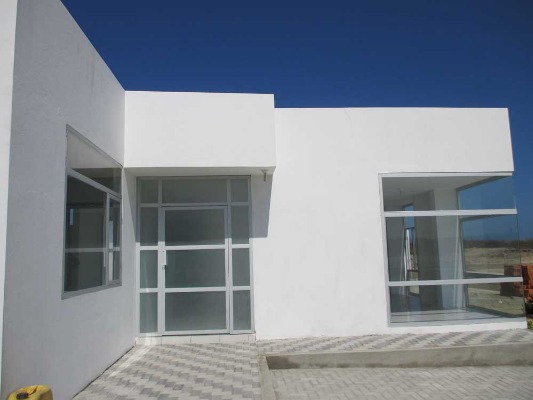Latin American countries raise taxes but rates are still far below the international average
By Emma Rumney
The Latin America and Caribbean region continued to close its tax gap with other countries in 2015, rebuffing the impact of the collapse in commodity prices on revenues, the Organization for Economic Co-operation and Development (OECD) has found.
Tax rates for the region, however, are still far below those of the world’s developed countries.
 The region’s tax-to-GDP ratio was 22.8%, according to a report, published yesterday. This is compared to 22.2% the year prior and marks the smallest gap on record between Latin American countries (LAC) and OECD-member countries, which have an average tax-to-GDP ratio of 34.4%, more than 50% higher.
The region’s tax-to-GDP ratio was 22.8%, according to a report, published yesterday. This is compared to 22.2% the year prior and marks the smallest gap on record between Latin American countries (LAC) and OECD-member countries, which have an average tax-to-GDP ratio of 34.4%, more than 50% higher.
This is despite a significant decline in the prices of commodities like oil, minerals and metals, which intensified in 2015, driving some of the region’s biggest economies into recession and putting substantial pressure on public finances across LAC.
Overall, public revenues from hydrocarbon revenues, for instance, plummeted by more than 90% in Suriname, 54% in Ecuador, just over 38% in Colombia and Peru and by 36.4% in Trinidad and Tobago.
For the region as a whole, revenues from the extraction of hydrocarbons plummeted by 44.4%. A substantial portion of this was tax revenues, as sliding prices and mounting financial losses weighed on the corporate tax receipts LAC is relatively reliant upon.
Corporate income tax makes up 16.8% of total tax revenues in the region, compared to an average of 8.7% across the OECD.
While LAC endured its first decline in these revenues, by 0.2 percentage points, since 2011 in 2015, it was able to offset this with surging revenues from value-added and excise taxes, which grew by 0.5 percentage points.
Personal and property taxes also increased by 0.1 percentage point, while social security contributions also rose by the same amount. Meanwhile, personal income tax was at its highest ever, at 2.1% of GDP.
But the OECD’s regular report, Revenue Statistics in Latin America and the Caribbean, conducted alongside a number of other tax and development institutions, highlighted significant regional disparities.
Tax-to-GDP ratios ranged from 12.4% in Guatemala and 13.7% in the Dominican Republic to 32.1% in Argentina and a substantial 38.6% in Cuba – the only country to have a tax-to-GDP ratio above the OECD average.
Ecuador scored in the middle of the pack of LAC nations, with a tax-to-GDP ratio of 21%
The structure of tax systems in the region also differ from that of those in the OECD in a number of ways. LAC remains focused on indirect taxes on goods and services rather than income and profit, which make up 44% of tax revenues compared to 60% in the OECD.
Low revenue share from personal income tax is partly explained by generous tax reliefs, high allowances and tax evasion by the wealthy.
________________
Credit: Public Finance International, www.publicfinanceinternational.org






















